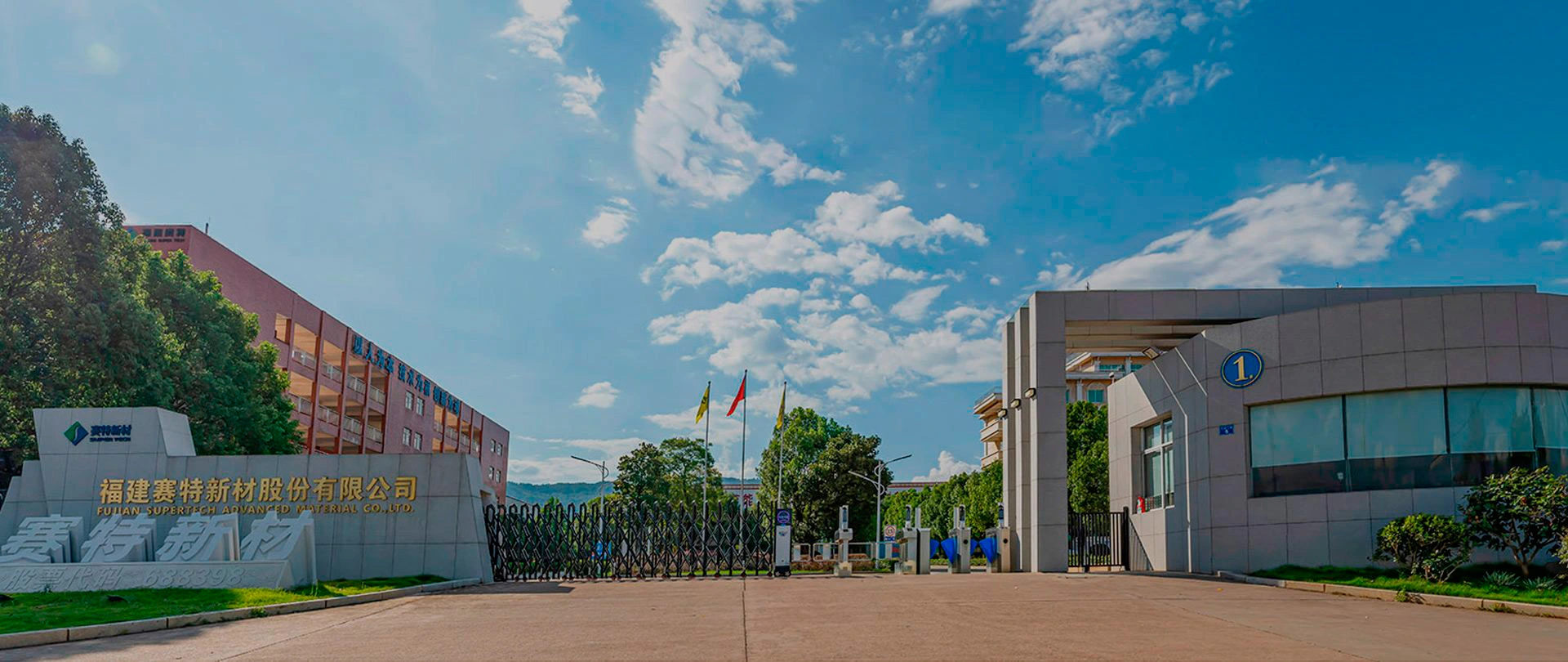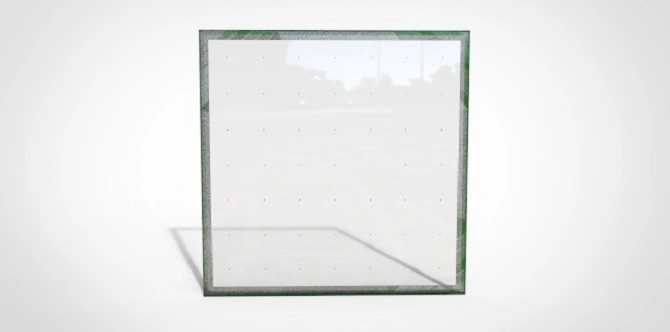Vacuum insulated glass are heat insulation and sound insulation glass products based on the application of vacuum technology.
The main body of VIG vacuum insulated glass is composed of two pieces of tempered glass stacked in parallel, with supporting materials placed at a certain distance between them. Welding materials are used around the glass for permanent sealing in a high vacuum environment. Polymer sealing materials are used around the core welding material for structural strengthening and solder protection, resulting in high vacuum performance double channel sealed vacuum glass without an exhaust port, meeting the characteristics of heat insulation and sound insulation. VIG independently develops alloy getters and places them in a vacuum chamber to reduce the impact of gas penetration into the glass itself and weld seam on the lifespan of vacuum glass. In order to improve insulation and regulate lighting performance, one piece of glass is generally made of low radiation coated glass.

Outstanding thermal insulation performance
Heat transfer coefficient(U/K)<0.45W/(m·K), Thermal insulation performance 4 times that of insulating Glass.
Longer life
Advanced production technology, the internal vacuum degree can reach 0.01Pa. Using lead free alloy solder for edge sealing and welding, which solves the problem of slow sealing leakage. Builtin high-efficiency getter can maintain its high vacuum degree for a long time.
Anti frosting
Dew point temperature can be as low as -60℃.
Noise reduction
Advanced sound insulation level, the sound insulation effect can reach 42dB.
No air extraction port
Flat appearance, easy to use and safer.


VIG vacuum glass is laminated in a high vacuum environment, effectively reducing the probability of air leakage and uneven local tempered stress caused by air extraction, ensuring product consistency and safety, while maintaining a flat appearance of the glass, which is beautiful, smooth, and simple.


Compared to other types of glass, VIG (Xiamen) Technology's vacuum glass has significant advantages of lightweight structure and super strong insulation. The three glass, two cavity Low-E hollow glass has a good heat transfer coefficient, but its thickness is more than twice that of the VIG vacuum glass. The heat transfer coefficient of the VIG (Xiamen) Technology's vacuum glass is close to the wall, and even better than the wall with poor heat transfer coefficient. In architecture, it can be called a transparent ultra-thin "wall".
